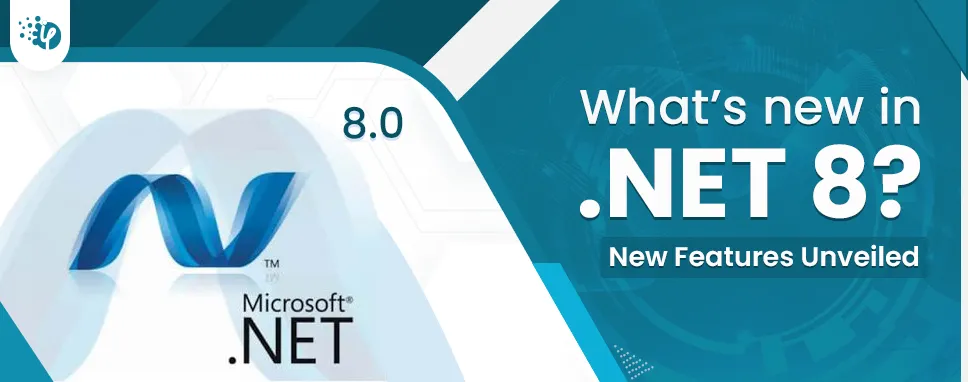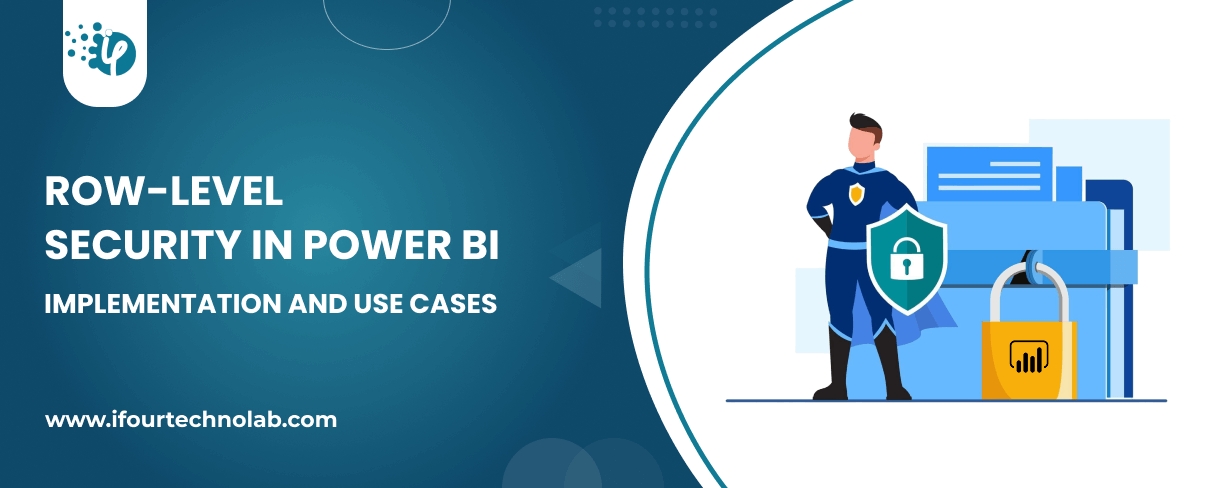Power BI Report Server: Key Features and Elements
Every CTO knows the struggle of managing complex reports. The inefficiency of scattered data, the constant juggling between reporting tools, the challenge of ensuring accurate KPIs...
Kapil Panchal - June 06, 2023
Listening is fun too.
Straighten your back and cherish with coffee - PLAY !

DOT NET is a prominent platform for custom software development chosen mostly by large-scale IT giants. According to statistics, there are more than 307,590 developers working in the United States, and the number is growing every day. These figures effectively shed light on the .NET framework's excellent future possibilities.
Microsoft has launched various versions, the finest of which is .NET Core. It includes various improvements over earlier versions and the major distinction between .NET MVC and .NET Core
DOTNET 8 is the latest version released in November 2023. It has been designated as an LTS version and will continue to receive community support and bug fixes for at least three years. This blog will delve into the new features and improvements in .NET 8.
However, it's important to note that performance improvements in .NET 8 are not limited to the areas mentioned here. The .NET team is working continuously on optimizing frameworks, tools, and performance ensuring that developers can build scalable applications across multiple platforms.
In .NET 8, several performance improvements have been introduced that enhance application responsiveness and speed, to provide seamless user experience. Here's a look at some of the new features in .NET 8.
These improvements aim to optimize various aspects of the .NET ecosystem, allowing applications to perform better and deliver a smoother user experience.
.NET 8 brings new capabilities that not only boost website performance but also responsiveness in order to provide visitors with a more seamless user experience.
Let's explore some of the key performance enhancements in .NET 8:
Generating machine code has made it easier to improve runtime execution using the JIT compiler (Just-in-Time). This will help with reduced overhead, improved runtime, and responsiveness to the application.
The garbage collection mechanism, memory management for allocation and deallocation, has endured enhancements in .NET 8. These improvements will benefit with:
.NET 8 introduces enhanced support for hardware intrinsic, which are low-level instructions that can directly utilize specific processor features.
By leveraging hardware intrinsic, developers can write high-performance code that takes advantage of specialized CPU instructions, resulting in significant performance gains for compute-intensive operations.
Asynchronous programming has seen significant advancements with the release of DOTNET 8. As a core aspect of any modern app development, the async/await pattern will significantly improve the application's speed and responsiveness.
The new MemoryCache class, which enables fast in-memory caching for frequently requested data, is one of the new caching techniques introduced in.NET 8. These caching enhancements can reduce data retrieval and processing overhead dramatically, resulting in enhanced application performance.
Support for cloud-native integration through the use of modern technologies has made an important contribution to .NET 8. It will enable developers to create unique and scalable software that takes full advantage of cloud technology.
.NET 8 provides improved performance profiling and diagnostic tools, empowering developers to identify and resolve performance bottlenecks more effectively. These tools offer insights into application behavior, resource consumption, and execution paths, enabling developers to optimize critical sections of their code and improve overall performance.
The entire process of upgrading to .NET 8 was made easier with the help of new tooling. Look at the following image, which depicts the migration stages for .NET 8.
So, leveraging all of these performance improvements in .NET 8, developers can create applications that are more responsive, utilize system resources more efficiently, and provide a smoother user experience, ultimately benefiting both the end users and the organizations that rely on these applications.
In .NET 8, the routing capabilities have been further improved, empowering developers to build robust and efficient web applications. The enhancements in the routing equipment component of .NET 8 bring benefits not only to developers but also to end-users, ensuring smooth navigation and accessibility.
In .NET 8, the route equipment has undergone optimizations to improve routing performance. These optimizations help ensure that requests are processed swiftly, enabling web applications to handle a larger volume of traffic efficiently. This improvement is crucial in humanitarian scenarios where timely access to critical resources and information is of utmost importance.
.NET 8 offers enhanced support for localization and internationalization in routing. This means that developers can easily define routes specific to different languages or regions, allowing applications to adapt to the cultural and linguistic preferences of users. In humanitarian scenarios, where applications often serve a diverse user base, localization support helps bridge language barriers and ensures that crucial information reaches individuals in their preferred language.
.NET 8 offers more flexibility in configuring routes, making it easier for developers to define and manage complex routing scenarios. This flexibility allows humanitarian organizations to build applications that cater to various user needs, including different languages, regions, or specific user roles. With improved routing configuration, developers can create personalized experiences and provide targeted information to different user segments.
Security is a paramount concern in any application, especially when dealing with sensitive humanitarian data. In .NET 8, the routing equipment has been fortified with enhanced security features to protect against common web vulnerabilities, such as cross-site scripting (XSS) and cross-site request forgery (CSRF). These security improvements help safeguard critical data, ensuring the privacy and integrity of humanitarian information.
The route equipment in .NET 8 has been strengthened to handle fault tolerance and resilience. In humanitarian contexts, where the availability of services and information is vital, these improvements ensure that applications can recover gracefully from failures or unexpected disruptions. With enhanced resilience, organizations can maintain critical services and deliver uninterrupted support to individuals in need.
Using these .NET 8 Routing enhancements, you can design apps that are more responsive resulting in a better user experience.
With remarkable changes, the arrival of DOT NET 8 has brought about a significant transformation in web development. We reviewed the major features of .NET 8 in this blog, but it is essential to remember that performance gains in DOTNET 8 are not restricted to the areas described above. The .NET team is constantly optimizing the runtime, frameworks, and tools to ensure that developers can design high-performance applications in a variety of circumstances.

Every CTO knows the struggle of managing complex reports. The inefficiency of scattered data, the constant juggling between reporting tools, the challenge of ensuring accurate KPIs...

The very first reason why you should implement Row Level Security is to foster trust, a crucial element for any business's success. Next, it reduces data clutter and helps you load...

The performance of Power BI is significantly influenced by two essential factors: design consistency and the rapid loading of BI elements. This holds true whether you choose Tableau...